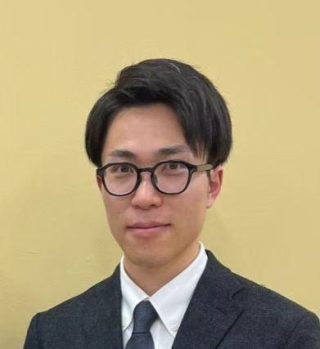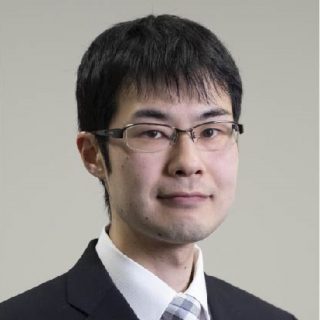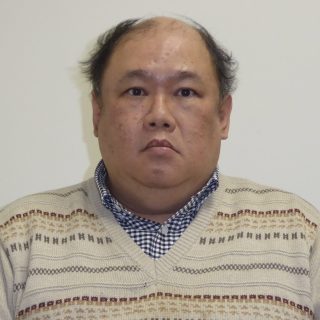Research
Hayami Group

We theoretically study novel physical phenomena in strongly-correlated electron systems based on quantum mechanics and statistical physics.
Our recent research subjects include
- Classification of electronic physical properties based on microscopic augmented multipoles
- Cross-correlated phenomena over electric, magnetic, elastic, heat, and light
- Stabilization mechanisms of novel electronic ordered states and superconductivity
- Topological spin states as a consequence of the interplay between topology and magnetism: skyrmion, hedgehog, and meron
- Search for function materials toward antiferromagnetic spintronics
- Efficient search for modeling and physical phenomena based on machine learning
- Quantitative analysis by ab-initio calculations of electronic band structure
- Analysis of unconventional electronic orderings and physical phenomena discovered in experiments
Recent Highlights
- Collinear Antiferromagnetic Ordering, J. Phys. Soc. Jpn. 88, 123702 (2019). DOI: https://doi.org/10.7566/JPSJ.88.123702
- S. Hayami, M. Yatsushiro, Y. Yanagi, and H. Kusunose, Classification of atomic-scale multipoles under crystallographic point groups and application to linear response tensors, Phys. Rev. B 98, 165110 (2018). DOI: https://doi.org/10.7566/JPSJ.88.123702
Okuda Group
We know that a number of tiny elements can show most complex phenomena imaginable from their simplicity. Atoms and molecules can do this but also biological cells, small bees and human beings in their crowds may perform something incredible. We study such relation between microscopic elements and macroscopic phenomena in language of statistical physics.
Join us and make a scenario, for example, connecting a theory of phase transition with a behavior of crowd sardines fighting against a gigantic whale.
Keywords
- statistical physics
- non-equilibrium
- non-linearity
- random systems
- complex networks
- phase transition
- self-organization
- critical phenomena
- scale-free structures
- numerical simulation
Staff
-
 OIWA RikutoLecturerEmailroiwa(at)phys.sci.hokudai.ac.jpOffice2-10-13
OIWA RikutoLecturerEmailroiwa(at)phys.sci.hokudai.ac.jpOffice2-10-13 -
 HAYAMI SatoruProfessorEmailhayami(at)phys.sci.hokudai.ac.jpOffice2-11-13
HAYAMI SatoruProfessorEmailhayami(at)phys.sci.hokudai.ac.jpOffice2-11-13 -
 OKUDA KojiAssistant ProfessorEmailokuda(at)phys.sci.hokudai.ac.jpOffice2-10-15
OKUDA KojiAssistant ProfessorEmailokuda(at)phys.sci.hokudai.ac.jpOffice2-10-15


